This was published 6 years ago
How to photograph Antarctica: Cruise with a National Geographic photographer
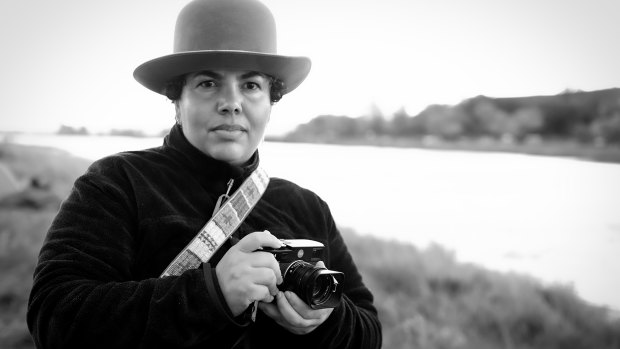
Camille Seaman won't allow anyone in her workshops to take a photograph in the first five minutes on shore regardless of what the penguins, seals or skuas do.
Camille Seaman teaches people to see. She encourages philosophical discussion on how we perceive what's around us and guides people into their own personal dialogue with the natural world. When Hurtigruten sets sail to Antarctica every summer, someone like this award-winning National Geographic contributor and tornado chaser will be on board leading an intensive trip-long photography workshop.
An understanding of her own place in nature was nurtured by Camille's grandfather, a Native American of the Shinnecock Nation. When she was five he insisted she sit outside for an hour of each day she was in his care, no matter what the weather, then tell him everything she saw. When she was six they roamed the forests together and touched the bark trunks of living relatives. The stones they walked over, she learned, were the blood and bones of her ancestors.
One day her grandfather caught her ripping leaves from a tree. "If you think you're separate from nature," he admonished, "see how long you can hold your breath."
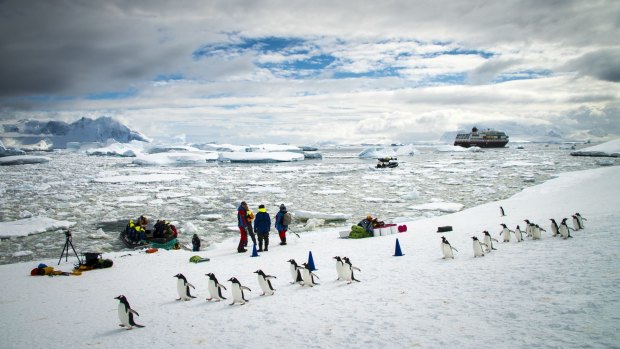
Icebergs and animals provide plenty of photo opportunities during a trip on MS Midnatsol in Antarctica.Credit: Pal Soby Vindfallet
When Camille first encountered Antarctica her sense of interconnectedness deepened as she fully realised this is my planet. Since 2003, Camille has professionally focused on the fragility of polar regions and works with Hurtigruten because of its genuine commitment to being environmentally responsible. By 2018 this Norwegian company's first two hybrid diesel/electric ships will expedition sail Antarctic waters.
Camille knows and teaches that putting a camera up to your face before getting to know an environment prevents you from being present within that place; you initially need to "take a deep breath and look at what you are part of". She won't allow anyone in her workshops to take a photograph in the first five minutes on shore regardless of what the penguins, seals or skuas do. If used correctly, though, she recognises photography is "a great tool for slowing down… to find more stillness" and deepen your relationship with your surroundings by becoming more in tune with nature.
Instead of shooting or taking photographs or capturing a scene, Camille prefers to "make photographs". And, because everything in her view of nature is living and connected, she gives the face of an iceberg the same care and attention to detail as a portraitured human subject. In the images I see in her book, Melting Away: A ten-year journey through our endangered polar regions, rather than bringing icebergs to life it's more like she's reminding us or revealing that these forms are alive.
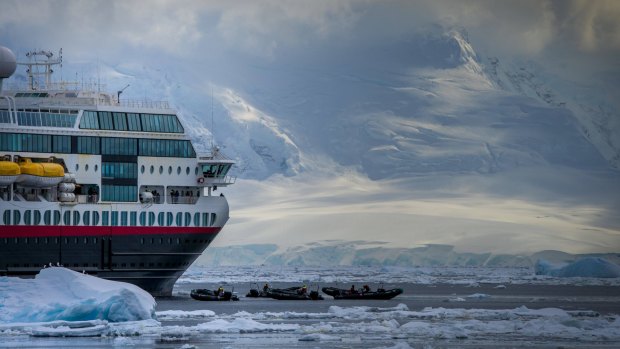
A photography workshop on MS Midnatsol in Antarctica allows people to use whatever camera they feel most comfortable with, including their phone.Credit: Pal Soby Vindfallet
Camille shares her particular view of the world in workshops but is also acutely aware that each individual has their own personal perception of their environment. Everyone might be looking at the same seal on an ice floe or apartment-block berg on the horizon or albatross angling from the mist or synchronised tails of diving whales, but each person processes the scene in an individual way. Camille believes we innately desire to show our particular version and "my job is to encourage people to make pictures that communicate that unique vision".
On MS Midnatsol last summer Camille used a Canon DSLR, a Leika Digital Rangefinder, a Sony mirrorless camera and an iPhone. But for her "the camera is just a tool, like a hammer to a carpenter" and people who take her workshops can use whatever camera they feel most comfortable with, including their phone, and explore the creativity of that tool.
On the one hand Camille is grounded and complex and has intellect and gravitas but on the other she celebrates play and knows the value of keeping things simple. She is also extraordinarily generous with her time and knowledge, making herself available for conversation about photography with anyone at any time during the voyage when she's not with her photographic group. The workshops, she stresses, are more for people who are already enthusiastic about photography than for those with just a vague interest.
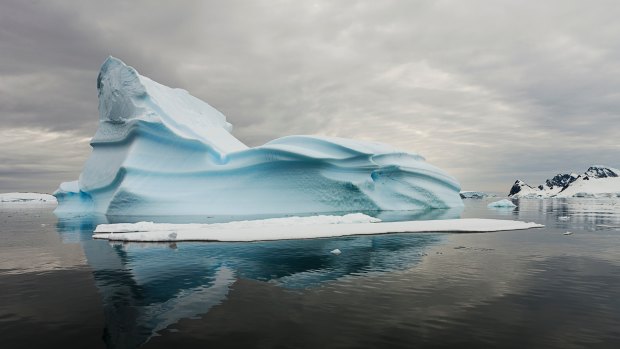
Rather than bringing icebergs to life it's more like Camille Seaman's pictures remind us or reveal that these forms are alive.Credit: Camille Seaman
When I ask if she thinks you can teach people to see she says yes, or at least you can certainly awaken them to being more aware. "Because when you are more aware, you are more present. Then you can see things." There have been times Camille has hugged people in her workshops who are "weeping and overwhelmed" at what they've achieved but, even more often, the photographic results have been so good she's experienced a small jab of envy at what's been produced.
TRIP NOTES
MORE
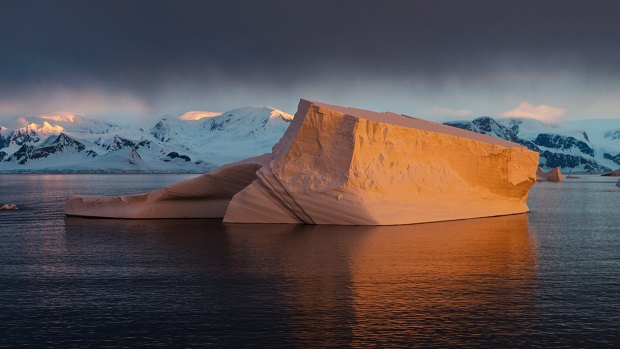
Camille Seaman gives the face of an iceberg the same care and attention to detail as a portraitured human subject.Credit: Camille Seaman
FLY
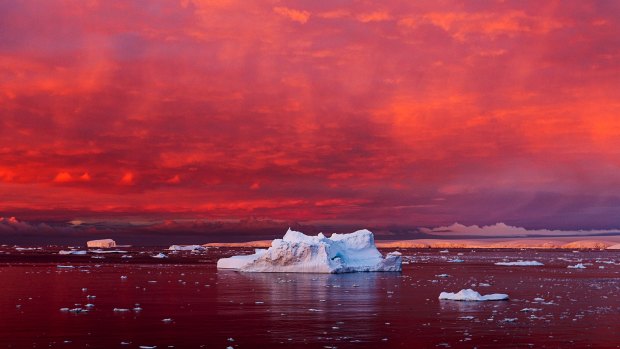
An antarctic landscape captured by Camille Seaman, who has professionally focused on the fragility of polar regions since 2003.Credit: Camille Seaman
Qantas, along with airline partner Latam, offers daily direct flights from Sydney to Santiago de Chile. Melbourne passengers will need to transit in Sydney for a direct international flight. See qantas.com.au
SAIL
On 16-day Hurtigruten Discover Patagonia and Antarctica expedition voyages, starting early December from €5192 per person, photography workshops cost €746 per person. See bentours.com.au
Elspeth Callender travelled as a guest of Hurtigruten.
Sign up for the Traveller Deals newsletter
Get exclusive travel deals delivered straight to your inbox. Sign up now.